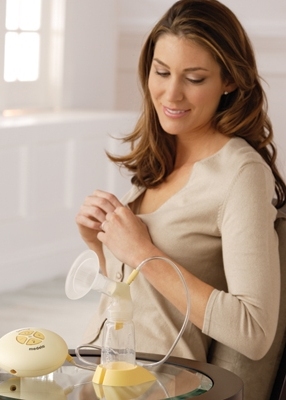Spanish researchers from the Institute of Agrochemistry and Food Technology have recently published their paper revealing that breast milk is a store house of more than 700 species of bacteria.
The paper was published in the latest edition of American Journal of Clinical Nutrition.
For a long time now, scientists have known that breast milk is the route for development of normal micro flora in the body of a new born. But little did they imagine that breast milk contains them in hundreds.
 Research on Breast Milk at Various Stages of Nursing
Research on Breast Milk at Various Stages of Nursing
Spanish researchers María Carmen Collado and Alex Mira decided to embark on this discovery using specialized DNA sequencing techniques and identify these organisms together called the microbiome.
Pyrosequencing, a specialized technique which enables large scale DNA sequencing was employed that helped in detecting so many organisms in a short time. Both colostrum and breast milk samples were analyzed for the detection.
Investigation of Colostrum samples revealed that it predominantly contains the following species of bacteria – Leuconostoc, Weissella, Staphylococcus, Lactococcus and Streptococcus. Breast milk produced in the first semester consists of Prevotella, Leptotrichia and Veillonella which are mostly found in the oral cavity.
Factors Affecting Bacterial Diversity of Breast Milk
Bacterial diversity of breast milk is influenced by a number of factors such as:
- Breast milk of overweight and obese mothers was found to contain lesser count of bacterial species.
- Those who had a planned caesarean had breast milk with lesser diversity versus those who gave birth normally.
- Those who had unplanned caesareans had the same type of microflora as those with normal delivery.
- Stress and hormonal levels are other factors which influence the bacterial diversity in breast milk.
Future Research Goals
Taking this research forward, the scientists want to investigate the role of these microbes in regulating the immune system, metabolic activity and digestive systems of the baby’s body.
The findings of such research would give the scientific community rich insights into the nutrition of infants and children, and also help the nutraceuticals industry in designing better infant foods and supplements.
Understanding the role of each group of microbes in the breast milk would also provide leads to the pharmaceutical industry in harnessing microbial power to boost our immune system from various illnesses and allergies.








